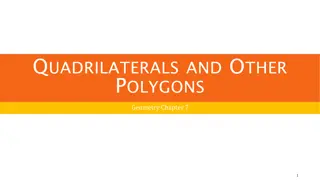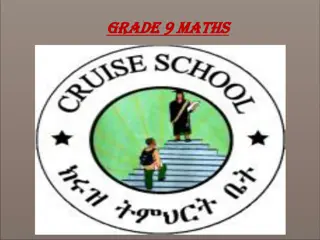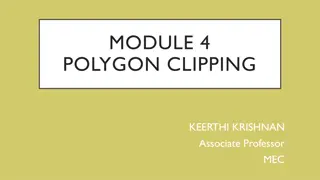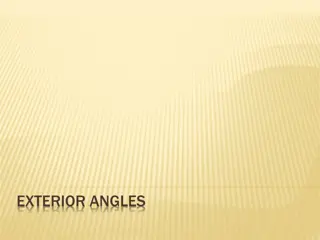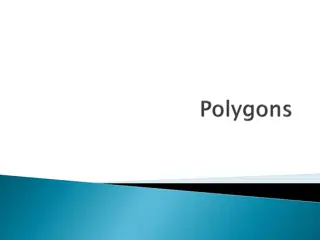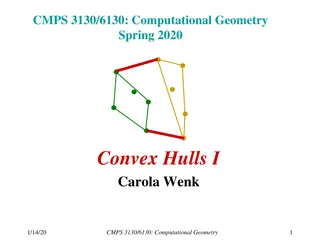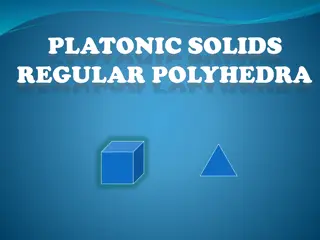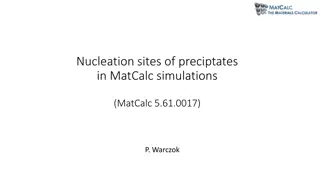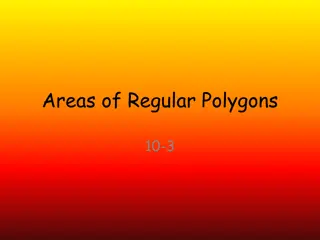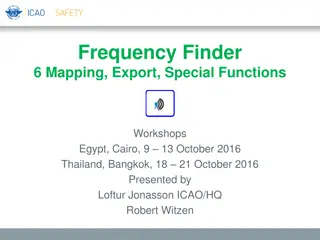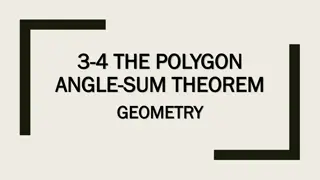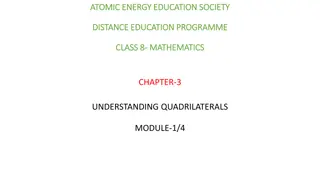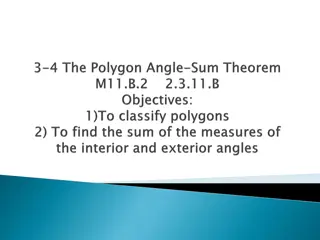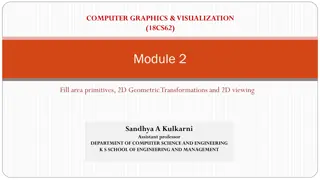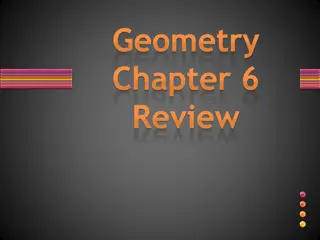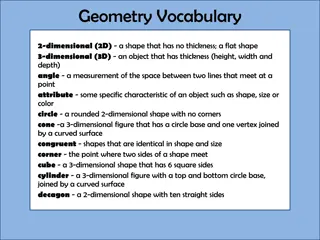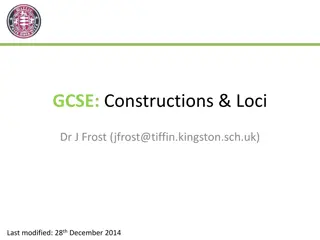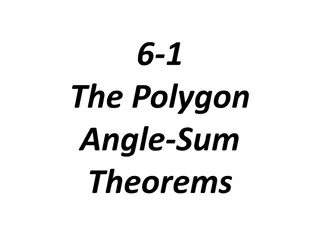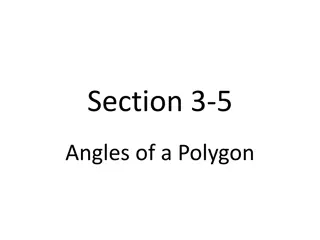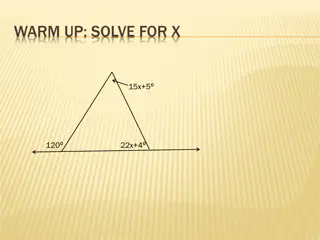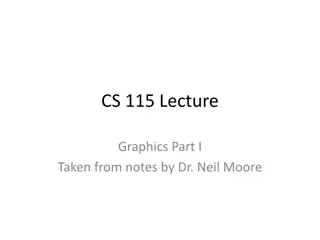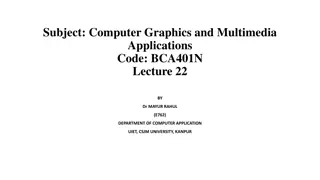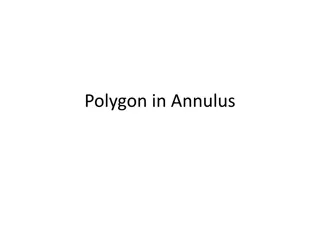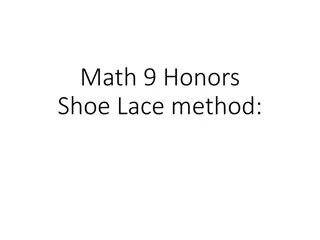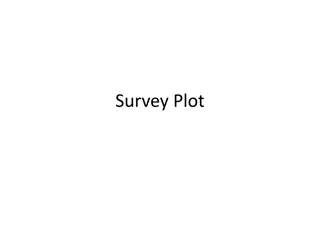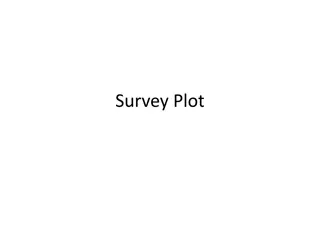Polygon Armchair | Occasional Chairs | Collective Melbourne
Buy Polygon Armchair allows you a complete custom transformation by selecting from Prostoria\u2019s wide range of fabrics, leathers & metal frame finish from Collective, Melbourne's premier luxury furniture makers. Visit Us Now!\n
1 views • 2 slides
Polygon Angles in Geometry
Explore the interior and exterior angle measures of polygons, understand theorems related to polygon angles, classify polygons based on their properties, and solve problems involving regular polygons in this geometry chapter slideshow. The content covers key concepts such as the sum of interior angl
1 views • 41 slides
Discovering Geometry and Measurement Concepts in Grade 9 Mathematics
Explore the fundamentals of geometry and measurement in grade 9 math, covering topics such as regular polygons, congruence and similarity of triangles, construction of similar figures, trigonometric ratios application, circle properties, and problem-solving related to triangles and parallelograms. U
0 views • 17 slides
Polygon Clipping Techniques and Algorithms
Polygon clipping involves modifying line-clipping procedures to achieve bounded areas after clipping. The Sutherland-Hodgman algorithm is commonly used, where polygon boundaries are processed against window edges to generate closed areas for appropriate area fill. This process involves testing for v
1 views • 17 slides
Exterior Angles in Polygons
This content explains the concept of exterior angles in polygons and the Exterior Angle Theorem. It covers how exterior angles are formed when the sides of a polygon are extended, their relationship with interior angles, and how to calculate their measures using the Exterior Angle Theorem. Various e
2 views • 26 slides
Filling Polygons Using Scan Line Algorithm
Learn how to fill polygons using the Scan Line Algorithm, which involves intersecting scan lines with polygon edges and filling the area between intersections. Steps include finding Ymin and Ymax, intersecting scan lines with edges, sorting intersection points, and filling the interior of the polygo
0 views • 36 slides
Closest Pair and Convex Hull: Brute Force Approach
Closest Pair Problem in 2D involves finding the two closest points in a set by computing the distance between every pair of distinct points. The Convex Hull Problem determines the smallest convex polygon covering a set of points. Dr. Sasmita Kumari Nayak explains these concepts using a brute-force a
0 views • 15 slides
Convex Hulls in Computational Geometry
Convex hulls are a fundamental concept in computational geometry, representing the smallest convex shape that contains a set of points. The process involves defining the convexity of a set, determining the unique convex polygon, and computing the convex hull efficiently using algorithms. This conten
0 views • 9 slides
Regular Polyhedra and Polygons
Regular polygons and polyhedra are fundamental shapes in geometry. A regular polygon has sides and angles that are congruent, such as equilateral triangles and squares. Polygons are simple closed figures made with line segments. Polyhedra are solids bounded by polygons as faces. Regular polyhedra ar
0 views • 18 slides
Nucleation Sites in MatCalc Simulations
Nucleation sites of precipitates in MatCalc simulations are crucial for understanding the nucleation rate, available sites, interfacial energy models, and more. This analysis delves into the consequences and special cases of nucleation, including factors such as dislocation density, grain boundaries
0 views • 32 slides
Areas of Regular Polygons
Explore the definitions, formulas, and theorems related to regular polygons, including central angles, apothems, and perimeter calculations. Learn how to find the area of a regular polygon through examples and solutions.
0 views • 11 slides
Frequency Finder 6 Mapping Workshops Overview
Explore the Frequency Finder 6 Mapping, Export, and Special Functions workshops held in Egypt and Thailand in October 2016. The workshops cover topics such as mapping station coverage, exporting data to different formats, accessing historical frequency assignment records, and ensuring data integrity
0 views • 7 slides
Polygons in Geometry
Explore the concept of polygons, their sides, vertices, and angles, and learn to classify them as convex or concave. Discover the Polygon Angle Sum Theorem and find the sum of measures of angles in a given polygon.
0 views • 13 slides
Quadrilaterals in Mathematics Education
This educational content delves into the understanding of quadrilaterals in mathematics, covering topics such as polygons, convex and concave shapes, regularity, diagonals, and angle properties. Through detailed explanations and visual aids, viewers can grasp the fundamental concepts and properties
0 views • 20 slides
Polygon Properties and Classification
Explore the fundamental concepts of polygons, such as vertices, sides, angles, and classifications like convex and concave polygons. Learn about the interior and exterior angles of polygons, the sum of angle measures, and the properties of regular polygons. Discover how to identify, classify, and ca
0 views • 13 slides
Fill Area Primitives in Computer Graphics
An overview of fill area primitives in computer graphics, including the concept of fill areas, polygon fill areas, and polygon classifications into convex and concave polygons. This module covers the efficient processing of polygons, approximating curved surfaces, and generating wire-frame views of
0 views • 63 slides
Raster Graphics and Scan Conversion in Computer Graphics
This lecture covers various topics related to raster graphics and scan conversion in computer graphics. It includes issues with scan converting a line, generalized line drawing algorithms, and the midpoint circle drawing algorithm. Additionally, it explores deriving mathematical expressions for draw
0 views • 21 slides
Geometric Concepts in Grade Five Mathematics
Dive into the world of geometry with Grade Five Mathematics! This module covers topics such as shapes classification, properties of two-dimensional and three-dimensional shapes, coordinate systems, polygon construction, and Van Hiele levels of geometric thought. Engage with hands-on activities, visu
0 views • 52 slides
Convex Hulls in Computational Geometry
Convex hulls play a vital role in computational geometry, enabling shape approximation, collision avoidance in robotics, and finding smallest enclosing boxes for point sets. The convex hull problem involves computing the smallest convex polygon containing a set of points, with extreme points determi
0 views • 119 slides
Geometry Chapter 6 Review Questions and Solutions
Explore a set of geometry review questions involving interior and exterior angles, polygon properties, parallelograms, trapezoids, and more. Test your knowledge and enhance your understanding of geometric concepts with these interactive problems.
0 views • 20 slides
Comprehensive Geometry Vocabulary Guide
This comprehensive geometry vocabulary guide covers essential terms related to 2-dimensional and 3-dimensional shapes, angles, attributes, and more. Explore definitions and examples of various geometric concepts like circle, cone, cube, cylinder, diagonal, hexagon, polygon, and more, accompanied by
0 views • 4 slides
GCSE Constructions and Loci Techniques
Explore a comprehensive guide to GCSE constructions and loci by Dr. J. Frost, covering topics such as triangle constructions, perpendicular bisectors, angle constructions, and polygon construction using basic tools like a straight edge and compass. Learn essential skills for precise geometric drawin
0 views • 35 slides
Polygon Angle-Sum Theorems
Explore the Polygon Angle-Sum Theorems that determine the sum of interior angle measures in polygons. Learn about the Polygon Angle-Sum Theorem, number of sides in polygons, finding angle sums, and the corollary for regular polygons. Practice using the theorems to calculate interior angle measures i
1 views • 18 slides
Polygon Angles and Theorems
Explore the angles of polygons, including interior and exterior angle sums, theorems 3-13 and 3-14, properties of regular polygons, and measurements of angles in various polygon types. Discover the relationships between sides, vertices, and angles to deepen your geometric knowledge.
0 views • 18 slides
Geometry Fundamentals: Theorems and Concepts Explained
Explore essential concepts in geometry such as solving equations, perpendicular transversal theorem, triangle exterior angle theorem, angle sum theorems, polygon classification, and naming polygorgons. Learn about the interior and exterior angles of triangles and why they add up to specific measurem
0 views • 21 slides
Graphics Library for Enhanced User Interaction in Python
Explore the Zelle graphics library in Python for creating interactive graphical user interfaces. Learn about classes like GraphWin, Point, Line, Circle, Rectangle, Oval, Polygon, Text, Entry, and Image to enhance the visual appeal of your programs and engage users in a more intuitive manner. Utilize
0 views • 25 slides
Introduction to Computer Graphics and Multimedia Applications
This lecture covers the fundamentals of computer graphics and multimedia applications, focusing on quadric surfaces, polygon meshes, and different mesh representations such as explicit mesh, vertex pointer representation, and edge list representation. It explains how quadric surfaces are defined imp
0 views • 8 slides
The Area of Annulus Enclosed by Circles and Regular Polygons
Explore how the area of an annulus, enclosed by circles and regular polygons with a given side length, is calculated. The focus is on chord length (?), rather than regular polygon details, to determine the area. Follow the step-by-step explanation and visual aids provided to grasp this geometric con
0 views • 21 slides
Shoe Lace Method for Finding Polygon Areas
The Shoe Lace Method is a mathematical process used to determine the area of any polygon by employing coordinate geometry. By following specific steps, including organizing coordinates, multiplying diagonally, and adding columns in a certain manner, the method allows for a straightforward calculatio
0 views • 8 slides
Calculating Polygon Area and Trapezium Area with Known Coordinates
The content above guides you on finding the exact area of a polygon by calculating the areas of individual triangles within it. It also demonstrates how to list coordinates in a spreadsheet, calculate the area of trapeziums formed by pairs of coordinates, and sum their areas to determine the total a
0 views • 28 slides
Coordinate-based Polygon Area Calculation Method
Utilize a step-by-step approach to determine the area of a polygon by listing coordinates in columns, calculating trapezium areas, and summing them up. This versatile method can be applied to any polygon, not limited to triangles.
0 views • 32 slides

